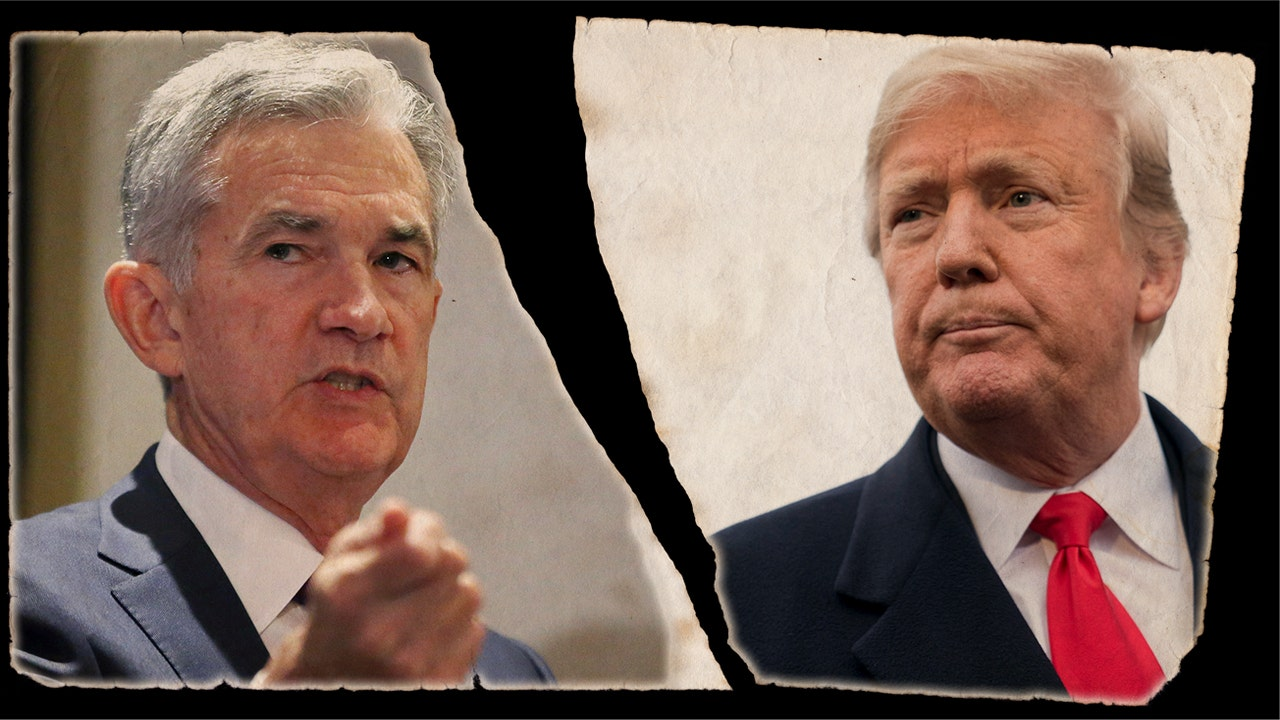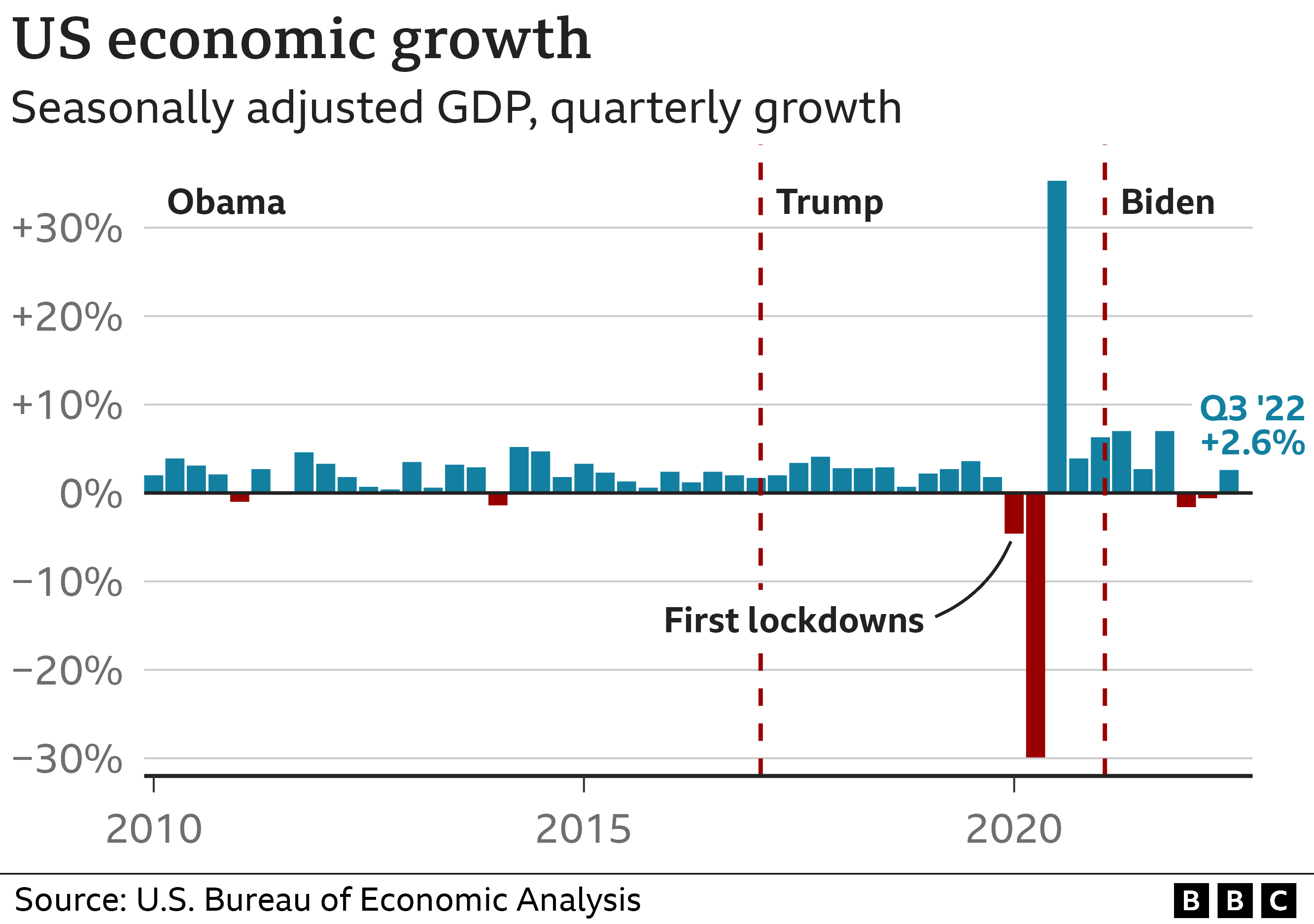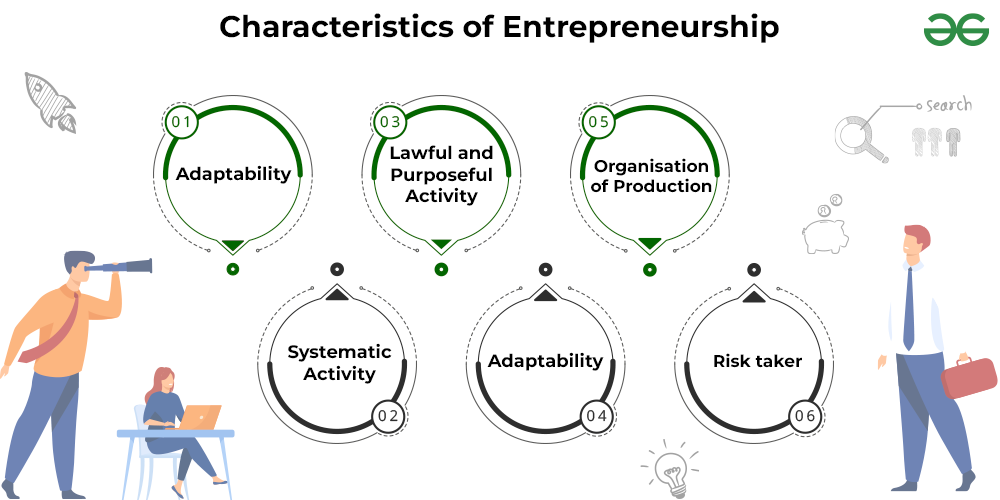In an era of unprecedented economic turbulence, the question arises: Can Trump fire Fed chairman Jerome Powell? This inquiry delves into the complexities surrounding the power dynamics of the Federal Reserve and its leadership. President Trump has historically had a contentious relationship with Powell, often criticizing the chair for not being aggressive enough in implementing monetary policy or cutting interest rates. The looming threat of firing Powell has raised significant concerns about market reactions and the potential impact on the U.S. economy, which relies heavily on the independence of its central bank. As we explore the ramifications of such a bold move, it becomes crucial to understand the intricate balance of power between the White House and the Federal Reserve amid ongoing discussions about interest rates and inflation.
As we analyze the implications of potentially removing the head of the Federal Reserve, we must consider the broader context of monetary governance in the United States. The Federal Reserve, an independent entity tasked with guiding the nation’s monetary policy, faces pressures from the executive branch, particularly during tumultuous financial periods. Trump’s tension with Jerome Powell highlights the delicate relationship between government and financial authority, stirring debates about interest rate adjustments and economic growth strategies. Investigating whether a president can assertively remove the Fed chair calls for an examination of statutory interpretations, legal precedents, and the anticipated market dynamics that accompany such decisions. Understanding these factors is essential to grasping the intricacies of economic stability and the potential fallout from shifts in leadership at the Federal Reserve.
The Power to Fire the Fed Chairman: Trump’s Authority Under Scrutiny
The question of whether President Trump can fire Federal Reserve Chairman Jerome Powell is complex and deeply intertwined with legal interpretations of the Federal Reserve Act. While the act allows governors to be removed for cause, it is ambiguous regarding the FOMC chair. Some argue that Powell, having been confirmed for a four-year term due to amendments made in the 1970s, enjoys certain protections against arbitrary dismissal. This ambiguity has led to significant debate among legal scholars about presidential power over independent agencies, and if Trump’s frustrations with Powell’s monetary policy could lead to attempts to fire the Fed chairman.
Moreover, the Supreme Court’s potential stance on this matter further complicates the issue. Given recent decisions regarding executive authority and independent agencies, there is speculation that the court may erode previous norms around ‘for cause’ removals. The legal landscape is shifting, and whether the Supreme Court would affirm a president’s ability to dismiss a Fed chair like Powell remains an open question. Analysts suggest that the markets’ reaction to any attempt to oust Powell could be significant, particularly as investor confidence in the Fed’s autonomy is paramount to economic stability.
Impact of Fires: Market Reactions and Monetary Policy
Market reactions to the prospect of President Trump firing Fed chairman Jerome Powell would likely be swift and severe. When uncertainty arises regarding the independence of the Federal Reserve, investors tend to panic, leading to volatile swings in financial markets. The fear is that such a move would trigger a shift in monetary policy priorities away from inflation control towards a more accommodative approach designed for short-term gains. This could undermine the central bank’s credibility as an inflation fighter, resulting in rising long-term interest rates that could stifle economic growth.
The markets are particularly sensitive to changes in monetary policy direction. If Powell were removed, markets might interpret it as the administration’s intent to enact a looser monetary policy, which could significantly disrupt the established economic order. This concern is largely rooted in a historical context—the need for the Federal Reserve to operate independently of political pressures to ensure sustainable economic health. Analysts warn that the removal of Powell could lead to increased volatility and a loss of investor confidence in the Fed, potentially triggering economic repercussions that could be felt across various sectors.
Legal Questions Around Trump’s Threat to Dismiss Powell: A Constitutional Dilemma and Implications for the Fed’s Independence
The constitutionality of Trump’s potential decision to fire Jerome Powell hinges on interpretations of executive authority and independent agency governance. At the heart of this discussion lies the interpretation of the Federal Reserve Act and its provisions for the chair’s removal. Legal experts like Daniel Tarullo highlight the dual facets of this legal issue: the explicit wording of the Federal Reserve Act, which does not clearly sanction the removal of the FOMC chair without cause, and the evolving judicial landscape regarding presidential powers. In essence, the interpretation of whether the president has the power to expel Powell could depend on future Supreme Court rulings that address executive power limits.
Furthermore, market reactions to anticipated decisions can be profound, showcasing the importance of maintaining a stable and independent Federal Reserve Board. The president’s ability to influence monetary policy through appointing new figures creates apprehension among investors looking for consistency in fiscal rules. The potential threat to Powell significantly threatens the Fed’s established credibility, risking inflation expectations and market stability, emphasizing the need for vigilant legal scrutiny of presidential actions toward independent institutions.
Assessing the Future of Monetary Policy: Godzilla or Ghost?
As the U.S. economy evolves, the role of the Federal Reserve in shaping monetary policy becomes ever more critical. The interplay between presidential politics and the Fed’s independence illustrates the delicate balance that must be maintained to avoid economic disruptions. Should Trump decide to fire Powell, the subsequent decisions made by the replacement could lead to either a radical shift towards aggressive monetary easing or a status quo that continues to target inflation in line with the Fed’s objectives. This uncertainty surrounding Powell’s future complicates the landscape for investment and business planning, inviting comparisons to both Godzilla—representing catastrophic outcomes in market reactions—and a ghost haunting policymakers—signifying the looming threat of swings in monetary policy.
In light of these potential upheavals, it is crucial for both the administration and investors to carefully consider the ramifications of disrupting the leadership of the Federal Reserve. Understanding that the chair’s decisions are not made in isolation but within a framework of collective board consensus furthers the argument for stability in leadership. Should Powell remain in position, he might navigate the Fed toward policies that maintain economic outlook and inflation targets effectively. Thus, projecting future monetary strategies becomes less about individual personnel and more about preserving the institution’s independence and its critical role in managing the economy’s health.
The Interpretation of Supreme Court Decisions on Presidential Authority
As legal experts observe, the Supreme Court’s interpretations of executive authority hold significant implications for the relationship between the presidency and independent agencies like the Federal Reserve. The court’s past rulings, particularly the 1935 decision in Humphrey’s Executor, have generally supported the idea of ‘for cause’ removal protections for agency heads. However, recent decisions, culminating in the landmark Seila Law ruling, have introduced uncertainty regarding this long-standing doctrine. Many observers across the political and legal spectrum are questioning how broadly the Supreme Court will apply these principles moving forward, especially concerning the Federal Reserve.
This emerging legal landscape raises profound questions about the checks and balances between the executive branch and independent regulatory agencies. Should the court rule in a way that affirms broad presidential authority over independent agencies, it could set a precedent that alters the foundational governance of bodies tasked with regulating economic stability. This presents a paradox—while aiming to strengthen executive accountability, such a ruling could lead to greater instability in market confidence tied directly to Fed policies and mandates. The decisions made by the Supreme Court now carry the potential to reshape the dynamics of monetary policy and the central bank’s autonomy in carrying out its mandate.
The Consequences of Dismissing Powell: A Historical Perspective
Understanding the potential consequences of firing Jerome Powell requires a historical perspective on the Federal Reserve’s role in the economy. Historically, the Fed has faced pressures from various administrations, yet its independence is often credited with fostering long-term economic stability. For instance, during the late 1970s and early 1980s, the Fed’s determination to combat rampant inflation was pivotal in shaping the modern economic landscape. If Trump were to fire Powell, it may draw comparisons to historical instances where political interference led to detrimental economic outcomes.
This consideration reflects a broader narrative about the relationship between fiscal policy and political influence. It suggests that firing the Fed chair could evoke memories of past political interferences that have weakened economic institutions. The potential fallout from such actions could influence not just current markets but also investor sentiment and predictability in the long run. This reflective historical view serves to remind policymakers that the autonomy of the Federal Reserve is crucial not only for immediate economic governance but for the broader stability and confidence in the U.S. economic framework!
Future Appointee Implications for the Federal Reserve: Markets and Predictions
If President Trump succeeds in dismissing Jerome Powell, the identity of Powell’s successor would be crucial in shaping monetary policy and market expectations. Financial markets are particularly keen on understanding how any new appointee would approach the issues of interest rates, inflation targets, and fiscal policy consistency. Historically, market confidence is often derived from the perceived continuity of the Federal Reserve’s integrated policies, and a significant change at the top could substantially alter that trust.
Moreover, market reactions to a new chair could depend significantly on the candidate’s previous experiences and policy positions. If the successor is perceived as being aligned with the administration’s fiscal goals, this could lead to a looser monetary approach. Conversely, if selected based on a reputation for maintaining the Fed’s traditional independence, it could bolster investor confidence and alleviate market jitters. This makes the discussions surrounding an impending transition of leadership at the Federal Reserve critical not merely for economic forecasts but for overall stability across financial markets.
Frequently Asked Questions
Can Trump fire Federal Reserve Chairman Jerome Powell?
While President Trump has hinted at possibly wanting to fire Jerome Powell, the legal framework surrounding the Federal Reserve’s structure complicates this. The Federal Reserve Act allows for removal of Board governors for cause, but it’s debatable whether this applies to the Fed chair specifically. Subsequently, the independence of the Federal Reserve, which is crucial for maintaining stable monetary policy, could be adversely affected.
What would happen if Trump removed the Federal Reserve chairman?
If Trump were to remove Jerome Powell, it would likely lead to significant market turmoil. Investors may fear that such a move would compromise the Federal Reserve’s independence and lead to a more accommodative monetary policy, potentially increasing inflation risks and resulting in higher long-term interest rates.
How does the market react to threats of firing Jerome Powell?
Market reactions to the prospect of Trump firing Jerome Powell have been historically negative. Investors are concerned that any removal could signal a shift towards a more lenient monetary policy, undermining the Fed’s credibility and straining financial markets.
What are the implications of firing the Fed chairman on interest rates?
Firing the Federal Reserve chairman could result in market uncertainty and a reassessment of interest rates. A new chair might be pressured to adopt a less aggressive stance on interest rate adjustments, which could disturb market expectations and potentially lead to increased long-term rates.
Does the president have the legal power to remove Jerome Powell?
The legal power of the president to remove Jerome Powell is debated. The Federal Reserve Act provides for removal of governors for cause, but whether this extends to the chair remains unclear. Legal interpretations have evolved, particularly regarding the Supreme Court’s position on executive authority over independent agencies.
What impact would Jerome Powell’s dismissal have on monetary policy?
If Jerome Powell were dismissed, it could lead to a shift in the Federal Reserve’s approach to monetary policy, potentially causing a more expansionary policy that might prioritize short-term economic growth over long-term inflation control. This could disrupt the delicate balance the Fed aims to maintain.
Why is Jerome Powell’s role significant in the context of Trump’s administration?
Jerome Powell’s role is significant as the Federal Reserve chair because he influences monetary policy, which directly impacts interest rates and economic growth. Trump’s criticisms and threats to fire Powell stem from differing views on how to manage the economy, particularly in relation to interest rates and inflation.
How could the Supreme Court influence the decision to fire the Fed chairman?
The Supreme Court’s interpretation of executive power in relation to independent agencies like the Federal Reserve could influence any potential decision to fire Jerome Powell. Recent cases hint at an erosion of the ‘for cause’ protection previously understood to safeguard agency leaders, which could open the door for presidential intervention.
What is the relationship between the Federal Reserve and Trump’s economic policies?
The Federal Reserve’s policymaking often stands in contrast to Trump’s economic strategies, particularly with respect to tariffs and monetary easing. Trump’s desire for lower interest rates to stimulate growth conflicts with Powell’s focus on maintaining inflation targets, making their relationship particularly contentious.
How does Wall Street view the Federal Reserve’s independence from the president?
Wall Street generally values the Federal Reserve’s independence, as it helps assure that monetary policy decisions are made based on economic data rather than political pressure. Any attempt by Trump to fire Jerome Powell would likely be interpreted as an attempt to undermine that independence, potentially leading to market instability.
| Key Point | Details |
|---|---|
| Trump’s Relationship with Powell | Trump has had a contentious relationship with Fed Chair Jerome Powell, indicating dissatisfaction with Powell’s economic policies. |
| Possibility of Firing Powell | Legally, Trump could try to fire Powell, but it would likely cause significant market instability and is considered to undermine the Fed’s independence. |
| Market Reaction Risk | Analysts warn that firing Powell could lead to market turmoil, as it would suggest a shift to more loose monetary policies, potentially increasing inflation. |
| Legal Concerns | The legal basis for removing Powell is unclear; there is debate about whether the president has the authority to dismiss a Fed chair under the Constitution. |
| Predictions on Court Support | Recent Supreme Court decisions suggest that they may erode established protections for the independence of governmental roles, including the Fed. |
| Internal Policy Discussions | While Powell is a key figure, he does not unilaterally dictate policies; consensus within the Federal Open Market Committee (FOMC) is necessary. |
Summary
Can Trump fire Fed chairman Jerome Powell? This burning question reflects the complexities of U.S. governance and the delicate balance between presidential authority and the Federal Reserve’s independence. Although Trump has hinted at the possibility, such an action could have dire consequences for both the markets and the credibility of the Fed as an independent agency. With legal ambiguities surrounding his ability to dismiss Powell, and the potential market unrest that could follow, it seems prudent for the administration to allow Powell to complete his term. Ultimately, the implications of firing the Fed chair extend far beyond personal disagreements, affecting economic stability and long-term investor confidence.




